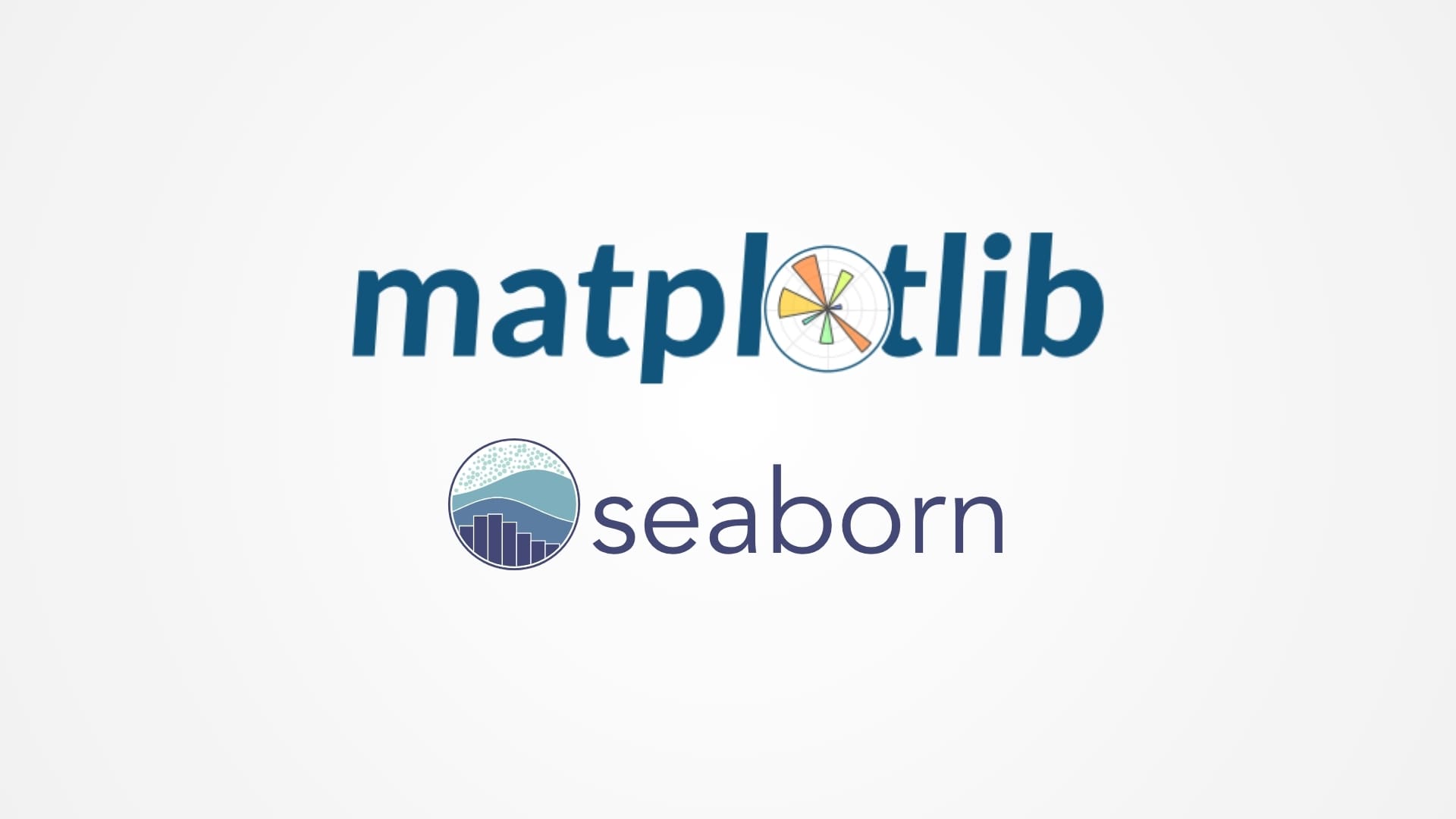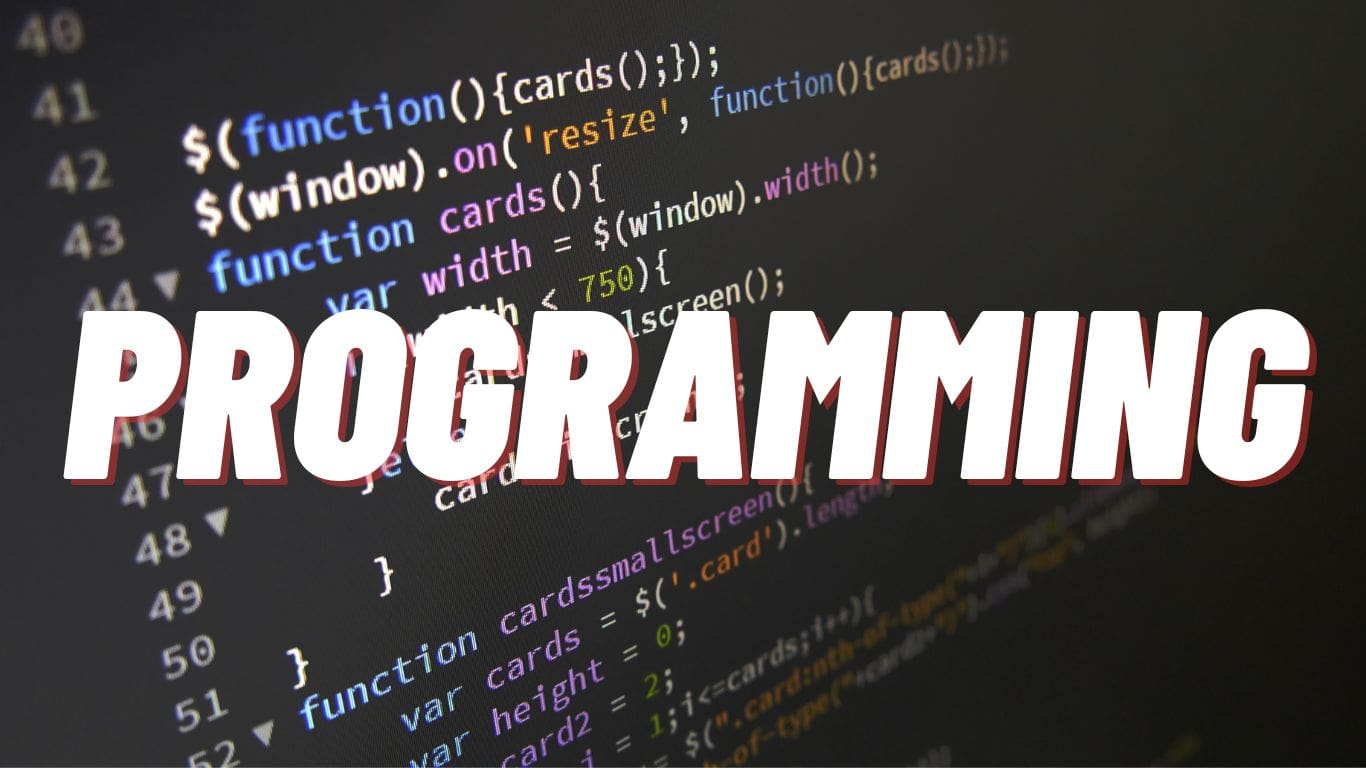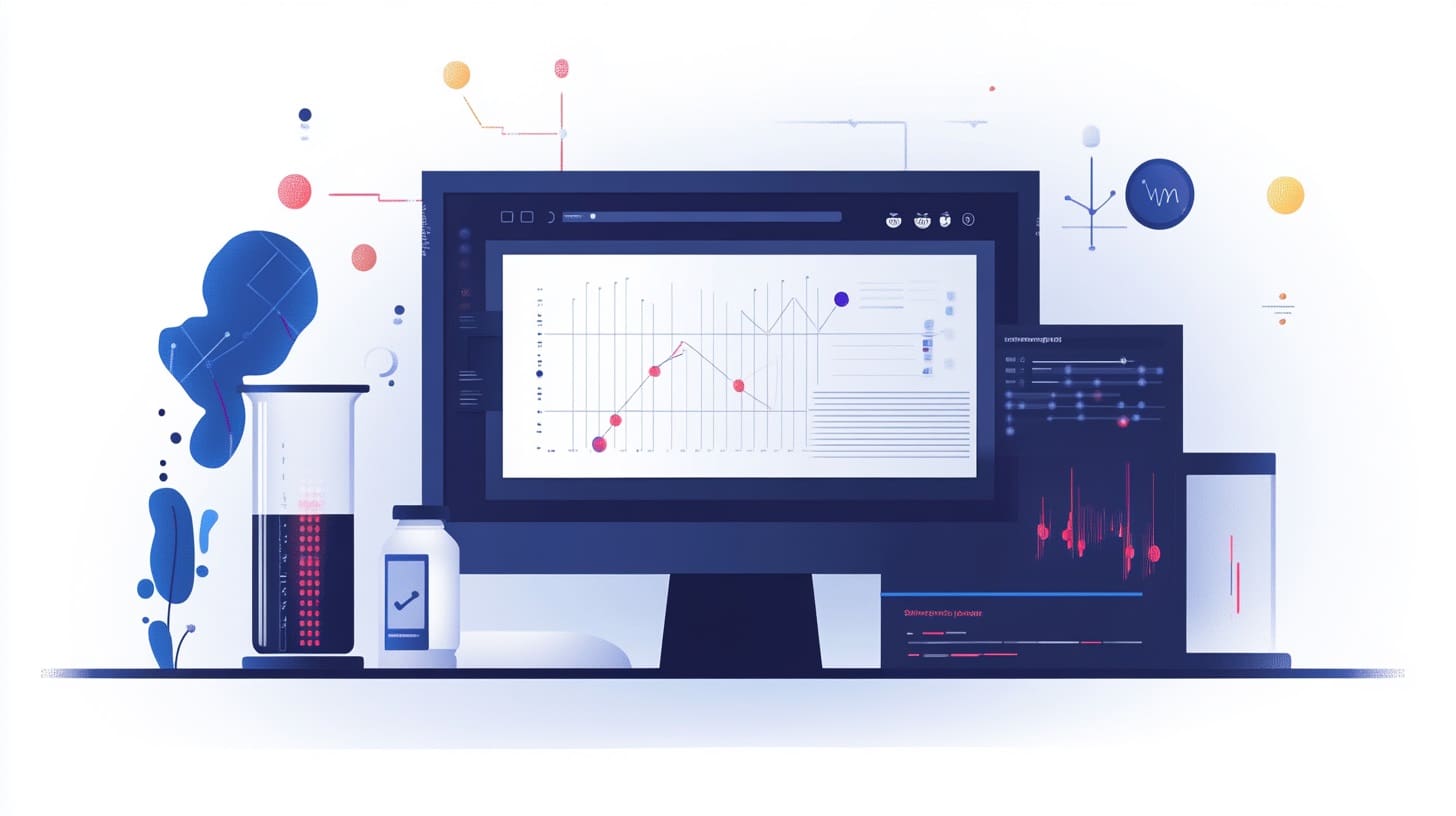Unsupervised learning is a type of machine learning that deals with unlabeled data, where the model learns to find patterns, groupings, or structures without any predefined categories or labels. Unlike supervised learning, which uses labeled data to guide the model, unsupervised learning algorithms analyze the data to discover hidden patterns and relationships independently. This exploratory approach is especially useful when there is no clear answer or outcome variable, and it is widely applied in areas like data clustering, anomaly detection, and dimensionality reduction.
The primary objective of unsupervised learning is to make sense of data that lacks explicit answers. By finding similarities or correlations, unsupervised learning can help structure raw data and provide insights into data organization, making it an essential tool for data-driven industries looking to understand patterns and trends within complex datasets.
This article delves into the fundamentals of unsupervised learning, exploring its core techniques, popular algorithms, and practical applications across industries.
Key Concepts in Unsupervised Learning
Unsupervised learning encompasses several key concepts that enable it to uncover hidden patterns and relationships within data. Here are some foundational principles:
1. No Labeled Data
The defining characteristic of unsupervised learning is that it works with unlabeled data. This means there are no predefined categories, classes, or expected outputs in the dataset. Instead, the model processes the data independently, identifying inherent structures and similarities based solely on the features.
- Example: In a dataset of customer purchasing behaviors, unsupervised learning would analyze buying patterns to identify customer segments without any prior knowledge of group labels or categories.
2. Grouping and Pattern Detection
Unsupervised learning algorithms seek to identify patterns, groupings, or associations within the data. By clustering similar data points or identifying frequent patterns, these models organize raw data into meaningful structures.
- Example: In e-commerce, unsupervised learning can group customers based on purchasing habits, helping identify high-value customer segments and enabling targeted marketing strategies.
3. Dimensionality Reduction
Dimensionality reduction is a technique in unsupervised learning that reduces the number of features in a dataset, making it easier to visualize and analyze. This is particularly useful when dealing with high-dimensional data, as it helps highlight essential patterns while eliminating redundancy.
- Example: In image processing, dimensionality reduction can transform a high-dimensional image dataset into a lower-dimensional representation, simplifying analysis without losing critical information.
By focusing on these key principles, unsupervised learning allows data scientists to explore and make sense of complex datasets, revealing underlying patterns and structures that might otherwise go unnoticed.
Types of Unsupervised Learning Tasks
Unsupervised learning can be divided into several primary tasks, each serving a unique purpose and providing different types of insights from raw data. The main types are clustering, association, and dimensionality reduction.
1. Clustering
Clustering is one of the most common tasks in unsupervised learning. The goal of clustering is to group data points with similar characteristics together, forming clusters where members within each cluster are more similar to each other than to those in other clusters. Clustering is widely used for tasks that involve segmenting data into meaningful groups, such as customer segmentation, social network analysis, and image segmentation.
- Example: In customer segmentation, clustering algorithms group customers based on their purchase history, demographics, and behavior, helping businesses understand different customer types and tailor marketing efforts accordingly.
2. Association
Association involves discovering relationships or associations between variables in a dataset. Association rule mining is often used in market basket analysis, where the algorithm identifies sets of items that frequently occur together in transactions. By understanding these associations, businesses can develop strategies for cross-selling and product bundling.
- Example: In retail, association rules might reveal that customers who purchase bread are also likely to buy butter, allowing stores to place these items near each other to increase sales.
3. Dimensionality Reduction
Dimensionality reduction reduces the number of features in a dataset while preserving its essential information. This is particularly useful for high-dimensional data, such as text, images, or genomic data, where too many features can make analysis complex and computationally expensive. Dimensionality reduction techniques simplify the data, making it easier to visualize and process.
- Example: In text analysis, dimensionality reduction techniques can reduce a large vocabulary to a smaller set of representative words or topics, simplifying natural language processing tasks.
Each of these tasks provides valuable insights into data that may not have clear labels or predefined categories, making unsupervised learning highly adaptable and versatile.
Popular Algorithms in Unsupervised Learning
Several algorithms are commonly used in unsupervised learning, each tailored to a specific type of task, from clustering and association to dimensionality reduction. Here’s a look at some of the most popular unsupervised learning algorithms:
1. K-Means Clustering
K-Means Clustering is a widely used clustering algorithm that groups data points into kkk clusters. The algorithm iteratively assigns each data point to the nearest cluster center, then recalculates cluster centers based on the current grouping until it converges on stable clusters. K-means is fast, efficient, and suitable for many clustering tasks, although the number of clusters kkk must be specified in advance.
- Example: K-means is used in customer segmentation, where customers are grouped based on purchasing behavior, enabling targeted marketing.
2. Hierarchical Clustering
Hierarchical Clustering is a clustering algorithm that builds a hierarchy of clusters, either by iteratively merging individual data points (agglomerative) or by splitting large clusters into smaller ones (divisive). Unlike k-means, hierarchical clustering doesn’t require the number of clusters to be specified beforehand, making it more flexible for exploratory analysis.
- Example: Hierarchical clustering is useful in gene expression analysis, where genes are grouped based on similarity in expression patterns, helping identify related functions or biological processes.
3. Principal Component Analysis (PCA)
Principal Component Analysis (PCA) is a dimensionality reduction technique that transforms data into a lower-dimensional space by capturing the directions (principal components) that explain the most variance in the data. PCA is valuable for high-dimensional data, as it simplifies analysis while preserving as much information as possible.
- Example: PCA is widely used in image processing, where it reduces the number of pixels in an image while retaining its essential features, making it easier to analyze and process.
4. Apriori Algorithm
The Apriori Algorithm is an association rule mining algorithm commonly used in market basket analysis. It identifies frequent itemsets in transactional data and generates association rules that indicate the likelihood of items being purchased together.
- Example: In retail, the Apriori algorithm identifies common purchasing patterns, such as customers frequently buying bread and milk together, enabling retailers to optimize product placement.
5. t-Distributed Stochastic Neighbor Embedding (t-SNE)
t-SNE is a dimensionality reduction algorithm particularly effective for visualizing high-dimensional data in a low-dimensional space. t-SNE preserves local structures, making it suitable for visualizing clusters and relationships in complex datasets.
- Example: t-SNE is commonly used to visualize clusters in high-dimensional datasets, such as in genomics, where it helps reveal patterns among genetic expressions.
These algorithms provide the foundation for most unsupervised learning tasks, each offering unique capabilities for organizing, simplifying, and analyzing unlabeled data.
Example Applications of Unsupervised Learning
Unsupervised learning is used across various industries to solve unique problems and uncover insights from unlabeled data. Here are some common applications:
1. Customer Segmentation in Marketing
Unsupervised learning, especially clustering, is widely used in marketing to segment customers based on purchasing behaviors, preferences, or demographics. By grouping customers with similar characteristics, businesses can create targeted marketing campaigns, improving customer engagement and satisfaction.
- Example: An online retailer might use k-means clustering to identify high-spending, frequent shoppers as a distinct segment and design loyalty programs to retain them.
2. Anomaly Detection in Cybersecurity
In cybersecurity, unsupervised learning can detect unusual patterns in network traffic or user behavior, which may indicate potential security threats or fraudulent activity. By identifying anomalies, companies can respond to security issues before they escalate.
- Example: Anomaly detection algorithms identify deviations from typical patterns in user login behavior, helping detect potential intrusions or unauthorized access.
3. Recommendation Systems
Unsupervised learning also powers recommendation systems by clustering users or items based on similarity, enabling personalized recommendations. Recommendation systems are widely used in streaming services, e-commerce, and social media.
- Example: A music streaming service uses unsupervised learning to group users with similar listening habits, suggesting songs or playlists based on shared preferences.
4. Image Compression and Analysis
Dimensionality reduction algorithms like PCA are frequently applied in image processing, where they reduce the size of images without compromising essential details. This simplification allows for faster image processing and analysis, which is valuable in fields like medical imaging and facial recognition.
- Example: PCA reduces the dimensions of facial images in a face recognition system, allowing the system to match and identify faces more efficiently.
5. Social Network Analysis
In social network analysis, unsupervised learning groups users based on connections, shared interests, or interactions, helping identify influential individuals or communities. These insights are valuable for social media platforms, advertisers, and organizations studying social behavior.
- Example: Clustering algorithms can detect communities within a social network, revealing clusters of users with common interests or close connections.
These applications highlight the adaptability of unsupervised learning for organizing, understanding, and deriving insights from unlabeled data, making it indispensable for tasks where labeled data is scarce or unavailable.
Implementing an Unsupervised Learning Model
Building an unsupervised learning model involves several critical steps, from data preprocessing to selecting the right algorithm. Since unsupervised learning lacks labeled data, much of the process focuses on preparing the data for analysis and interpreting the resulting patterns.
1. Data Preprocessing and Cleaning
Data preprocessing is crucial for unsupervised learning, as raw data often contains noise, irrelevant features, or inconsistencies. Effective preprocessing enhances the model’s ability to find meaningful patterns.
- Handling Missing Values: Missing values can distort analysis, particularly in clustering. Techniques like mean imputation, removing missing values, or using nearest-neighbor imputation can address these issues.
- Outlier Detection and Removal: Outliers can disrupt the grouping or clustering of data, leading to skewed results. Removing or replacing outliers can improve clustering consistency.
- Scaling and Normalization: Since unsupervised algorithms like K-means rely on distances between data points, normalizing or scaling data (e.g., using Z-score normalization or Min-Max scaling) ensures features have a similar range, improving model accuracy.
from sklearn.preprocessing import StandardScaler
# Example of scaling features
scaler = StandardScaler()
X_scaled = scaler.fit_transform(X)2. Choosing the Right Algorithm
Selecting the right algorithm is essential for effective unsupervised learning, as different algorithms are suited to different tasks. For instance, K-means clustering is ideal for grouping data into predefined clusters, while PCA is valuable for dimensionality reduction in high-dimensional datasets.
- Consider Task Requirements: If the goal is to group similar data points, clustering algorithms like K-means or hierarchical clustering are ideal. For data simplification and visualization, dimensionality reduction techniques such as PCA or t-SNE work best.
- Understand Data Characteristics: Different algorithms perform better on specific data structures. For example, K-means works well with spherical clusters, while DBSCAN is suitable for clusters with varying shapes.
3. Model Training and Parameter Tuning
Training an unsupervised model involves configuring the algorithm with appropriate parameters and allowing it to explore the data for patterns. In some cases, hyperparameters need adjustment for optimal performance:
- Number of Clusters (K) for Clustering: For K-means clustering, selecting the right number of clusters K is crucial. Techniques like the elbow method and silhouette analysis help determine the optimal number of clusters by measuring model fit.
from sklearn.cluster import KMeans
from sklearn.metrics import silhouette_score
# Elbow method to determine optimal K
inertia = []
for k in range(1, 10):
kmeans = KMeans(n_clusters=k)
kmeans.fit(X_scaled)
inertia.append(kmeans.inertia_)- Distance Threshold for Hierarchical Clustering: In hierarchical clustering, the distance threshold determines when to stop merging clusters, impacting the number of clusters formed.
4. Interpret Results and Visualize Patterns
Since unsupervised learning lacks labeled data, interpreting the results is essential to understand the discovered patterns. Visualization tools help illustrate clusters or dimensionality reduction results, providing a clearer picture of data structure.
- t-SNE and PCA Visualizations: Visualizing clusters in a 2D or 3D space helps identify patterns and relationships within the data, making it easier to interpret the results and assess the quality of clustering.
from sklearn.decomposition import PCA
import matplotlib.pyplot as plt
# Using PCA for visualization
pca = PCA(n_components=2)
X_pca = pca.fit_transform(X_scaled)
plt.scatter(X_pca[:, 0], X_pca[:, 1])
plt.title("PCA Visualization")
plt.show()Visualization provides insight into the structure of the data, making it easier to identify clusters, anomalies, or other significant patterns.
Evaluating Unsupervised Learning Models
Unlike supervised learning, evaluating unsupervised models is challenging due to the lack of labeled data. However, several evaluation techniques help assess the quality and effectiveness of unsupervised learning algorithms.
1. Intrinsic Evaluation Metrics
Intrinsic metrics assess the quality of clusters based on internal characteristics of the data, such as compactness and separation. These metrics provide insight into how well the model grouped similar data points.
- Silhouette Score: Measures how close each data point is to its assigned cluster compared to other clusters. The silhouette score ranges from -1 to 1, with higher values indicating better-defined clusters.
from sklearn.metrics import silhouette_score
# Calculate silhouette score
score = silhouette_score(X_scaled, kmeans.labels_)
print("Silhouette Score:", score)- Inertia (Within-Cluster Sum of Squares): In K-means clustering, inertia measures the compactness of clusters by calculating the sum of squared distances between each point and its cluster centroid. Lower inertia indicates tighter, more cohesive clusters.
2. Extrinsic Evaluation Metrics
Extrinsic evaluation metrics are used when some labeled data is available for validation. Although unsupervised models typically work with unlabeled data, extrinsic metrics can validate the discovered clusters or patterns if partial labels are accessible.
- Adjusted Rand Index (ARI): ARI measures the similarity between predicted clusters and actual clusters in labeled data. A higher ARI indicates a closer match to ground truth labels, making it valuable for validating clustering quality when labels are available.
- Purity: Purity calculates the proportion of correctly classified samples within each cluster. Higher purity values indicate clusters that closely align with actual categories, even though these are not used during training.
3. Visual Inspection
Visual inspection of clusters or reduced dimensions (using PCA or t-SNE) is a valuable tool for assessing model performance in unsupervised learning. Visualization helps verify if the clustering aligns with expected patterns and provides a qualitative view of data structure.
- Example: Visualizing a t-SNE or PCA plot of customer segments can reveal whether clusters make sense in terms of customer behavior or demographics.
4. Domain Knowledge and Practical Relevance
Ultimately, the success of an unsupervised learning model depends on its practical value and relevance to the problem at hand. Collaborating with domain experts ensures that the discovered patterns are meaningful and actionable within the specific industry context.
Practical Tips for Optimizing Unsupervised Learning Models
Since unsupervised learning is exploratory and lacks a “correct” output, refining models can be challenging. The following tips provide guidance for improving unsupervised learning results:
1. Use Feature Engineering for Enhanced Patterns
Feature engineering enhances model accuracy by creating or transforming features to highlight relevant patterns. Techniques like feature scaling, interaction terms, and dimensionality reduction simplify complex data, improving clustering or association results.
- Example: In a customer segmentation model, creating new features from existing data—such as combining purchase frequency and amount—provides insights into purchasing behavior, making clusters more meaningful.
2. Experiment with Different Algorithms
Trying multiple algorithms can yield better results, as different algorithms suit different data structures. For example, K-means works well for spherical clusters, while DBSCAN is better for clusters of varying shapes and densities.
- Example: For social network analysis, hierarchical clustering might reveal nested relationships between individuals, while K-means focuses on separating them into distinct groups.
3. Determine the Optimal Number of Clusters
Choosing the right number of clusters is vital in clustering tasks. Methods like the elbow method (for K-means) and silhouette analysis help find the optimal number, ensuring meaningful and well-defined clusters.
# Elbow method example for determining the optimal K
inertia = []
for k in range(1, 11):
kmeans = KMeans(n_clusters=k, random_state=0).fit(X_scaled)
inertia.append(kmeans.inertia_)
plt.plot(range(1, 11), inertia, 'bo-')
plt.xlabel("Number of Clusters (K)")
plt.ylabel("Inertia")
plt.title("Elbow Method")
plt.show()4. Apply Dimensionality Reduction Techniques
Dimensionality reduction, like PCA or t-SNE, simplifies data with high dimensionality, making patterns more visible. It also improves computational efficiency, especially in large datasets, and makes results easier to interpret.
5. Combine Multiple Unsupervised Learning Techniques
Using multiple unsupervised learning techniques in combination can reveal additional insights. For example, clustering can identify groups within the data, while association rule mining can analyze relationships within those groups, providing a more comprehensive understanding.
- Example: In retail analysis, clustering identifies customer segments, and association rule mining finds common item pairs purchased within each segment, allowing tailored marketing strategies.
By following these practical tips, data scientists can refine their unsupervised learning models, enhancing the quality of results and uncovering deeper insights.
Challenges in Unsupervised Learning
While unsupervised learning is a powerful tool for data exploration, it also presents unique challenges that can complicate its use in practical applications. Understanding these challenges is essential for successfully deploying unsupervised learning models.
1. Lack of Ground Truth
Without labeled data, it’s challenging to assess the accuracy of an unsupervised learning model. Unlike supervised learning, where model predictions are compared to known outputs, unsupervised models have no benchmark to verify their performance. This makes model evaluation and selection less straightforward.
- Solution: Use intrinsic evaluation metrics like the silhouette score and inertia for clustering quality, or rely on domain experts to interpret and validate results.
2. Determining the Optimal Number of Clusters
Choosing the correct number of clusters in clustering algorithms (e.g., K-means) can be difficult, as the “right” number often depends on the data and its application. Setting too few clusters may overlook essential groupings, while too many can create overlapping or noisy clusters.
- Solution: Methods such as the elbow method, silhouette analysis, and Davies-Bouldin Index provide guidance on the optimal number of clusters, though interpretation often requires domain knowledge.
3. High Computational Complexity
Some unsupervised algorithms, like hierarchical clustering, can become computationally intensive on large datasets, making them impractical without high-performance computing resources. This complexity can increase processing time and costs, limiting scalability.
- Solution: For large datasets, consider more efficient algorithms like K-means or use dimensionality reduction techniques such as PCA to simplify the data before clustering.
4. Sensitivity to Noise and Outliers
Unsupervised learning models, especially clustering algorithms, are sensitive to noise and outliers in the data. Outliers can distort clusters, while noisy features can lead to suboptimal results, especially when they obscure the core patterns.
- Solution: Preprocess the data to remove outliers or use algorithms that are less sensitive to noise, such as DBSCAN, which can identify and ignore outliers.
5. Interpretation and Actionability
Interpreting the results of unsupervised learning models and translating them into actionable insights can be challenging, as the discovered patterns may not always align with business objectives. Ensuring that these patterns are both understandable and relevant requires close collaboration with domain experts.
- Solution: Visualize results using t-SNE or PCA to provide insights and engage domain experts to interpret clusters, associations, and patterns, ensuring they are meaningful for the business context.
Industry-Specific Use Cases for Unsupervised Learning
Unsupervised learning is versatile and widely used across industries for tasks that involve exploration, segmentation, and pattern discovery. Here are some real-world applications in different sectors:
1. Healthcare and Medical Research
In healthcare, unsupervised learning plays a critical role in understanding diseases, identifying patient segments, and discovering novel treatments.
- Genomic Data Analysis: Clustering algorithms group similar gene expressions, helping researchers identify potential biomarkers for diseases like cancer and heart disease.
- Patient Segmentation: Clustering patient data enables hospitals to identify different patient groups based on medical history, lifestyle, and demographics, allowing for personalized treatment plans.
- Drug Discovery: Dimensionality reduction techniques like PCA analyze chemical compounds, identifying promising candidates for new drugs by revealing patterns in molecular structures.
2. Finance and Banking
Financial institutions use unsupervised learning to detect fraud, assess credit risk, and enhance customer experience.
- Fraud Detection: Anomaly detection algorithms identify unusual transaction patterns, alerting financial institutions to potential fraud without needing prior examples of fraudulent behavior.
- Customer Segmentation: Clustering algorithms divide customers into segments based on spending habits, loan history, and demographic data, allowing banks to offer personalized services and targeted marketing.
- Portfolio Management: Dimensionality reduction simplifies high-dimensional financial data, helping asset managers identify trends, diversify investments, and optimize portfolios.
3. Retail and E-Commerce
Unsupervised learning is a valuable tool in retail for understanding customer behavior, managing inventory, and optimizing product recommendations.
- Market Basket Analysis: Association rule mining finds products that customers frequently purchase together, guiding cross-selling strategies and product placements.
- Customer Behavior Analysis: Clustering customer data reveals distinct buyer personas, enabling retailers to tailor promotions, product recommendations, and loyalty programs to different segments.
- Inventory Optimization: By analyzing sales data and seasonality trends, unsupervised learning helps optimize stock levels, reducing overstock and stockouts and improving supply chain efficiency.
4. Telecommunications and Social Media
In telecommunications and social media, unsupervised learning enables companies to enhance user experience, optimize network performance, and detect anomalies.
- Churn Prediction: Clustering algorithms identify groups of users likely to leave, enabling telecom companies to implement retention strategies, such as tailored offers or enhanced services.
- Community Detection in Social Networks: Social media platforms use clustering to identify communities within the network, helping understand user behavior, content preferences, and interaction patterns.
- Network Anomaly Detection: Anomaly detection algorithms identify unusual traffic patterns, helping telecom providers detect network issues, improve service reliability, and prevent cyberattacks.
5. Manufacturing and Quality Control
In manufacturing, unsupervised learning improves product quality, optimizes operations, and supports predictive maintenance.
- Predictive Maintenance: Clustering sensor data helps predict equipment failure by detecting anomalies that indicate early signs of wear and tear, reducing downtime and maintenance costs.
- Quality Control: Dimensionality reduction techniques analyze production data to identify defects or inconsistencies, improving quality control and minimizing waste.
- Production Optimization: Unsupervised learning identifies patterns in manufacturing processes, enabling companies to streamline workflows, reduce bottlenecks, and improve productivity.
These applications demonstrate the adaptability of unsupervised learning in various industries, each using unsupervised techniques to unlock insights, streamline operations, and drive innovation.
Future Trends in Unsupervised Learning
As technology advances, unsupervised learning continues to evolve, unlocking new possibilities and applications. Here are some emerging trends that are shaping the future of this field:
1. Self-Supervised Learning
Self-supervised learning is a hybrid approach between supervised and unsupervised learning, where models generate labels from the data itself. This approach enables models to learn complex patterns without extensive labeled datasets, making it highly scalable.
- Example: In natural language processing, models like BERT and GPT use self-supervised techniques to understand language structure, enabling tasks like translation, summarization, and sentiment analysis without manual labeling.
2. Combining Unsupervised and Supervised Learning
Combining unsupervised and supervised learning creates semi-supervised learning models that leverage both labeled and unlabeled data. This hybrid approach improves model accuracy while reducing dependency on labeled data, which can be costly and time-consuming to obtain.
- Example: In medical imaging, semi-supervised learning allows for disease detection with limited labeled data by training on both labeled and unlabeled images, improving diagnostic accuracy in resource-limited settings.
3. Explainability in Unsupervised Models
As unsupervised learning becomes more prevalent in high-stakes fields like healthcare and finance, the need for interpretable models grows. Research in explainable AI (XAI) focuses on making unsupervised learning models more transparent and interpretable, increasing trust in AI-driven insights.
- Example: Techniques like SHAP and LIME, originally developed for supervised models, are being adapted to interpret clustering and anomaly detection models, helping users understand and trust unsupervised model outputs.
4. Real-Time Unsupervised Learning
With the rise of IoT and connected devices, real-time unsupervised learning is gaining traction. Real-time models process streaming data to identify anomalies, detect patterns, or cluster data on the fly, enabling immediate responses to emerging trends.
- Example: In cybersecurity, real-time unsupervised learning detects network intrusions as they occur, alerting administrators to potential threats without delay.
5. Advances in Deep Learning for Unsupervised Tasks
Deep learning has expanded the capabilities of unsupervised learning, particularly in high-dimensional data like images and text. Techniques such as generative adversarial networks (GANs) and autoencoders generate synthetic data, detect anomalies, and perform dimensionality reduction, pushing the boundaries of unsupervised learning.
- Example: GANs are used in medical imaging to generate synthetic images, augmenting training datasets for improved model performance in rare disease detection.
6. Applications in Personalization
Unsupervised learning is increasingly used in personalized recommendations, from media content to e-commerce. By clustering user behaviors and preferences, companies can deliver personalized experiences, driving customer engagement and satisfaction.
- Example: Streaming services like Netflix and Spotify use unsupervised learning to cluster users based on content preferences, offering tailored recommendations that increase viewer and listener engagement.
These trends highlight the expanding role of unsupervised learning as it intersects with deep learning, self-supervised techniques, and real-time processing, making it an indispensable tool in a data-driven world.
Conclusion: The Significance of Unsupervised Learning
Unsupervised learning is a critical component of machine learning, allowing organizations to explore and organize unlabeled data, uncover hidden patterns, and gain valuable insights. Its versatility spans numerous applications, from customer segmentation and fraud detection to genomics and quality control, making it an essential tool for industries looking to harness complex data effectively.
Although unsupervised learning presents challenges, such as the lack of ground truth and the complexity of result interpretation, advancements in hybrid approaches, explainable AI, and real-time analysis are expanding its capabilities. By understanding and overcoming these challenges, data scientists can leverage unsupervised learning to unlock deeper insights, enhance decision-making, and foster innovation.
As unsupervised learning continues to evolve, its importance will only grow, enabling data-driven organizations to navigate an increasingly complex world with efficiency and agility. From clustering and anomaly detection to dimensionality reduction, unsupervised learning provides the foundation for exploring the unknown and discovering new patterns in data, paving the way for smarter, more informed decision-making in a variety of fields.








